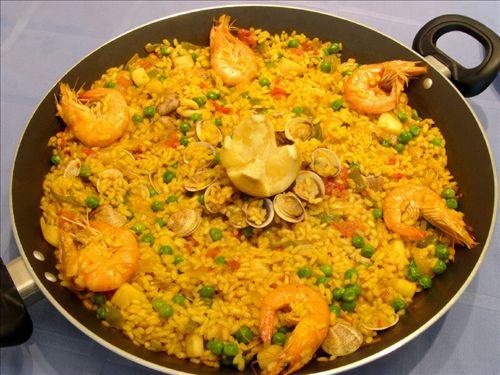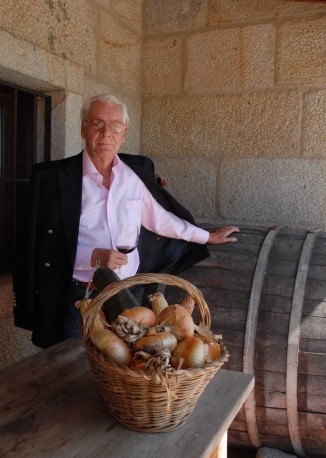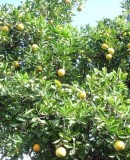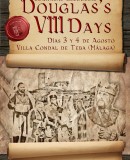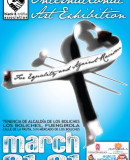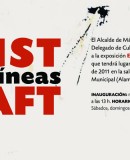Spanish Rice
SPANISH RICE
AJ Linn
As such things happen, I was asked to make the official presentation of a friend’s book on Spanish rice dishes in El Corte Inglés recently. Fernando Sánchez is an accomplished food writer, and his latest runaway success in Spanish has just been brought out in English. ‘Best Paellas and Rice Recipes in Málaga’ contains everything you need to know about what is probably the dish that typifies Spain more than any other.
I thought I had better swat up on the subject beforehand, so I had to forget that while most guiris refer to any rice dish as a ‘paella’, to a Spaniard paella is the name of the flat pan in which it is made. This can also sometimes be referred to as a ‘paellera’, although there are those who claim this is the lady who cooks the dish.
Never forget that the original Valencia ‘arroz’ was eaten by country people for centuries, consisting of anything that could be caught or grown locally. Classic interchangeable ingredients are snails, chicken, broad beans, French beans, and artichokes. The tourist paellas they serve on the Coast are just that – tourist paellas – and the prawns, mussels, calamares, etc, are superfluous adornments.
You should never order a paella unless it is a speciality of the restaurant. The underpinning of any good rice dish is the ‘sofrito’ or basic stock that is cooked first. Made from garlic, onions and tomato, sometimes a small hot red pepper, non-specialist restaurants will use a stock cube, rice that never be overcooked, and anything they may have in the fridge or freezer. It won’t be as tasty as the real thing and you will be paying a price that bears no relation to the cost of the meal.
Not often on menus but worth ordering if it is, is the ‘arroz caldoso’ or ‘arroz marinero’, the latter reference because it originated at sea and was typically cooked on board by fishermen. Unlike the dry rice served in a paella dish, this rice comes with ample liquid in a soup bowl and is eaten with a spoon. The classic and best, though not cheap, is the ‘arroz de bogavante’, prepared with lobster, but in fact if it is made with the small fish that are caught near rocks, it is mouth-watering.
Disclaimer: The views, opinions and positions expressed within this guest article are those of the author AJ Linn alone and do not represent those of the Marbella Marbella website. The accuracy, completeness and validity of any statements made within this article are not guaranteed. We accept no liability for any errors, omissions or representations. The copyright of this content belongs to AJ Linn and any liability with regards to infringement of intellectual property rights remains with the author.

